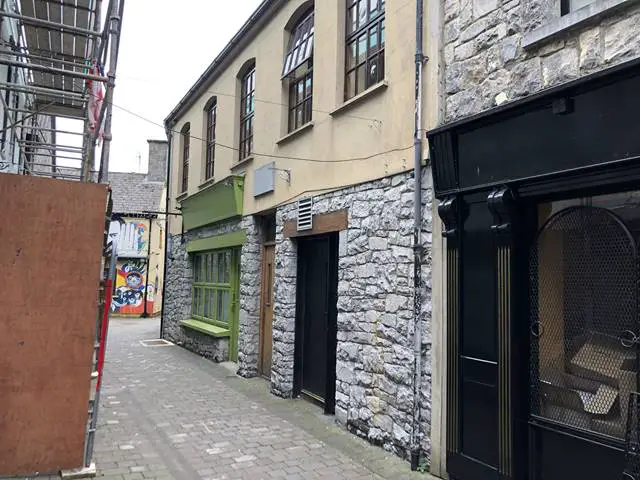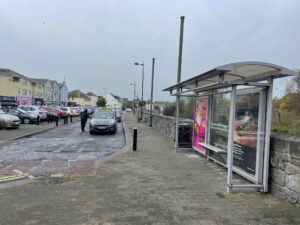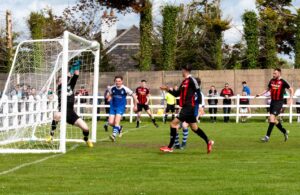Regenerating a historic part of Ennis could see it become an an asset to local artists and craftspeople, an elected representative has predicted.
Calls to develop an action plan for the “economic and social regeneration of Chapel Lane” were issued by Cllr Johnny Flynn (FG), Cllr Ann Norton (IND) and Cllr Clare Colleran Molloy (FF) at the October meeting of the Ennis Municipal District.
Citing the Parnell St lanes and bow-ways project, Cllr Flynn suggested that a similar scheme in Chapel Lane would “assist artists and crafters working and living in the lane and it could be a blueprint for regeneration of other areas of the historic town centre”. It would be eligible for funding under the Urban Renewal and Development Fund which has been extended to 2030 under the National Development Plan.
According to a historic town Atlas’ of Ennis, a portion of Chapel Lane was built before 1600 with the remainder constructed from 1601-1736, the majority of the original buildings there are from the eighteenth century. Its name derives from a Catholic Church erected in 1735 during the Penal Times, “the church is part of the Ennis community centre which occupies nearly one third of the eastern side of the lane with Merchants Square built in 1992 occupying a similar portion of the western side,” Cllr Flynn outlined.
He described Chapel Lane as “an important artery in the heart of Ennis”. Flynn said that of the seventeen remaining ground floor premises that do not have main doors opening to Parnell St or other streets, nine of them (53%) were found to be vacant in the 2019 Town Centre Health check carried out by Clare County Council. “This is the highest vacancy rate in the town with the average of less than twenty percent,” he flagged.
Recent public realm improvements have been positive for Ennis, Cllr Norton said as she reiterated the need for a feasibility study for Chapel Lane. “It is only when you look at Chapel Lane and look at the amount of derelict buildings and the opportunity that could be Chapel Lane”. The Mayor of the Ennis MD was confident the town would “benefit in the long run”.
Several listed buildings are in the area, Cllr Pat Daly (FF) acknowledged as he recalled the history associated with Chapel Lane. He reminisced on watching the 1968 European Cup Final between Manchester Utd and Benefica at CYMS Hall, “a community centre which was famous for looking after people”.
Senior executive officer, Leonore O’Neill saw the merits of a feasibility study, “it should probably be in context of also examining the Lower Market Area, how the different areas interact with each other is very important”.















